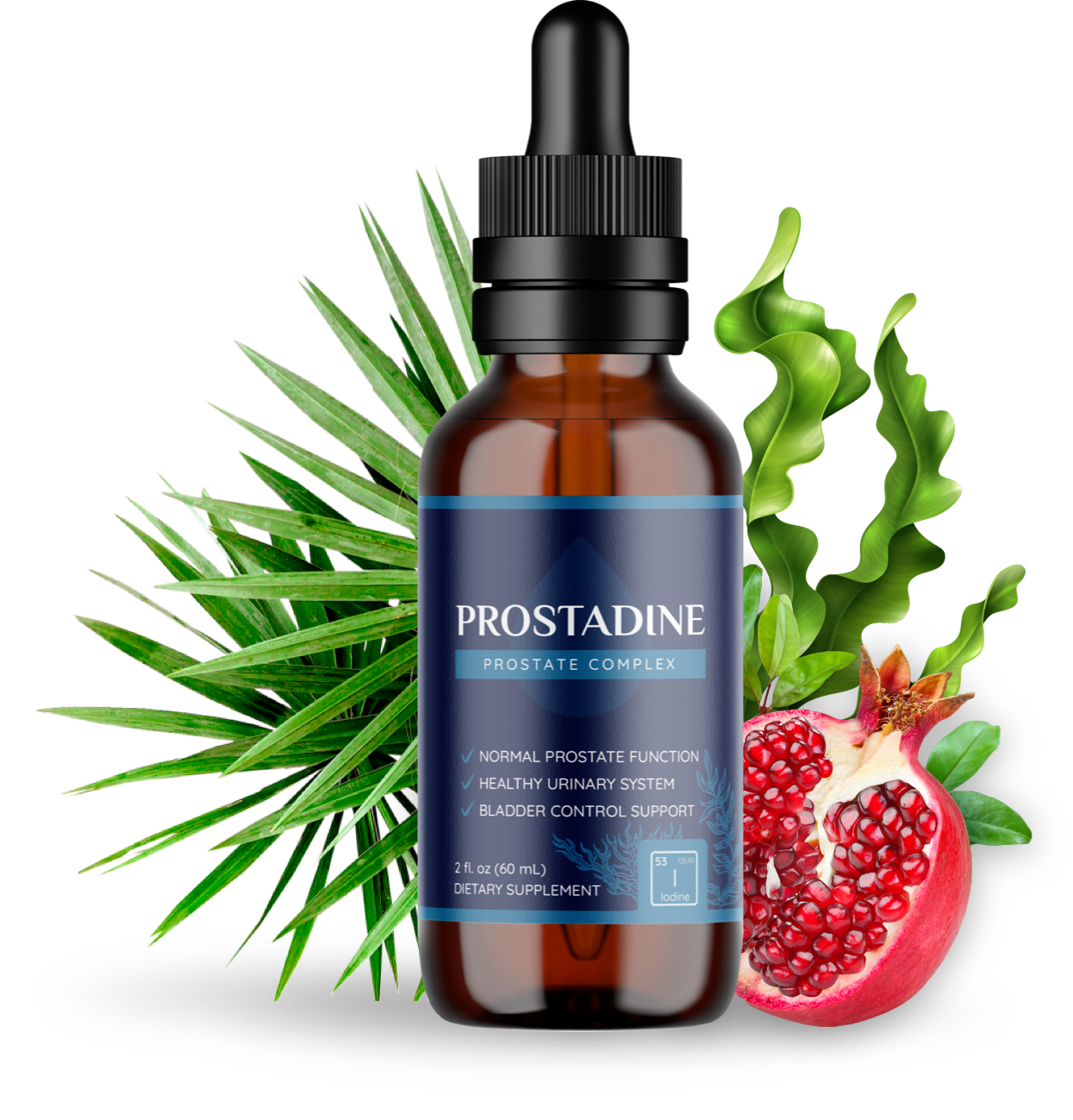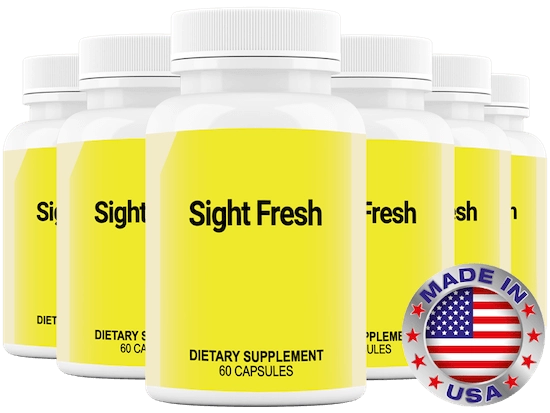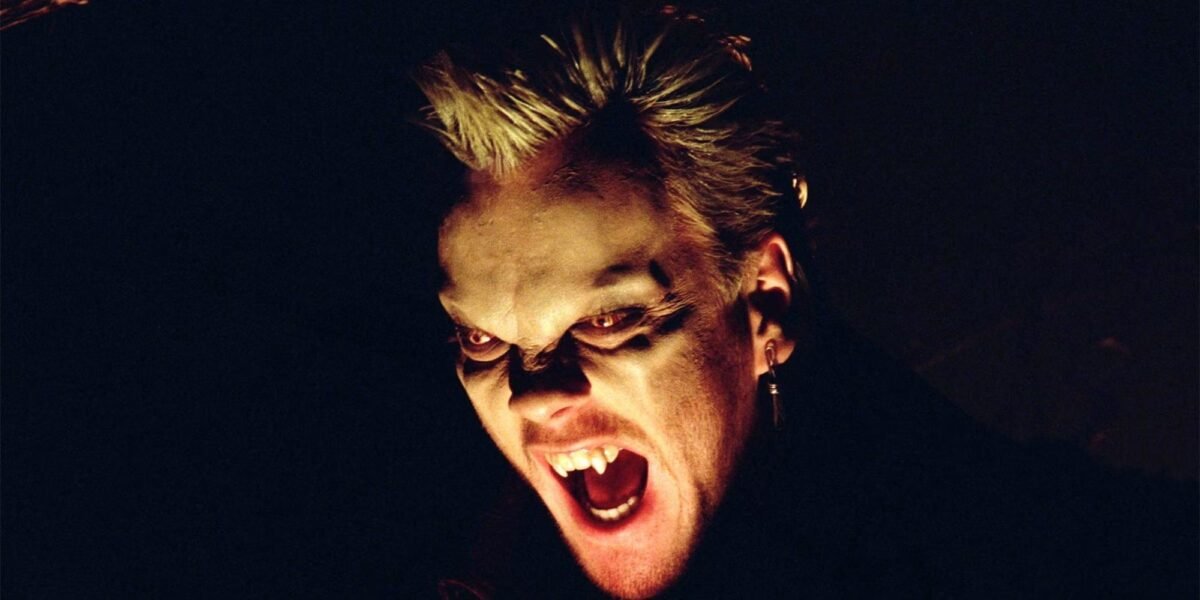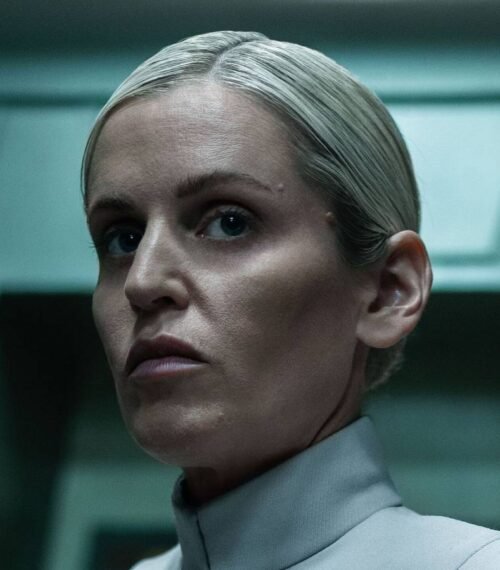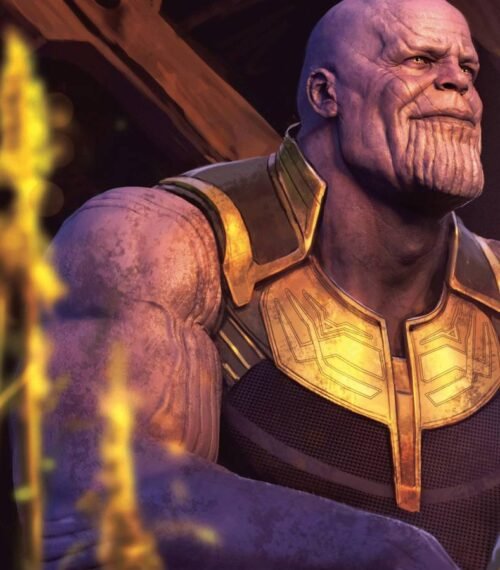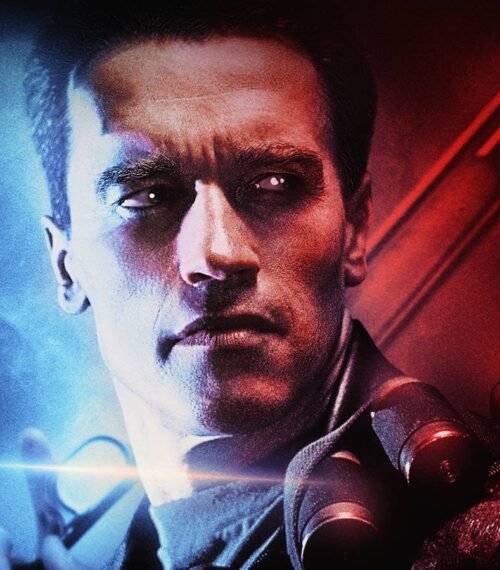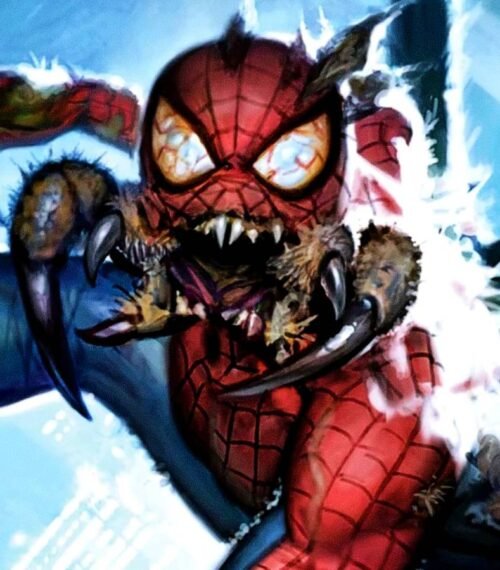A handful of vampire films throughout the years have perfectly captured all that's made the subgenre so appealing to audiences for just a little over a century. The depiction of vampires in films and the struggles they face has gone through many interpretations, from the 1922 classic Nosferatu to Sinners, released earlier this year.
While some vampire films aim to reflect on the moral dilemmas that trouble their undead characters, others bring attention to the humor associated with their way of life, such as What We Do in the Shadows and Only Lovers Left Alive.
The vampire movies that can easily be considered masterpieces stand out significantly among the crowded subgenre. They are films that are largely celebrated for their storytelling and stylistic achievements and have left a significant mark on the horror genre in one way or another.
12 The Hunger (1983)
An Early Exploration Of Supernatural Love Triangles
The Hunger is an erotic horror film whose celebration of gothic subculture is apparent in nearly every frame. The Hunger explores themes of aging and polyamory in a fairly compelling manner. Though The Hunger's plot isn't always the film's strongest component, it's easy to overlook when presented with such a strong, stylish '80s aesthetic and unique cast.
The film stars Catherine Deneuve, David Bowie, and Susan Sarandon as a leading trio whose characters find themselves in a love triangle. The LGBTQ+ community and the horror genre have long been intertwined, and The Hunger has earned a strong cult following partially due to its sapphic love story, which it handles with a great amount of respect.
Recently Bitten, A Young Man Travels With Nomadic Vampires
To this day, few vampire movies can compete with Near Dark. Released in 1987, Kathryn Bigelow's Near Dark came at a time when there was a resurgence of vampire movies in Hollywood. However, Near Dark's clever and effective blend of the Western and horror genres has allowed it to positively stand apart from the other vampire films that emerged at this time.
Audiences are introduced to Near Dark's nomadic vampire characters through a young Oklahoma man who suddenly finds himself traveling with them. Like any good romantic vampire movie, the love story in Near Dark is full of complications. Near Dark is appreciably violent and has a memorable score provided by Tangerine Dream that neatly ties together Bigelow's vision for her solo directorial debut.
10 A Girl Walks Home Alone At Night (2014)
An Eerie Black And White Film About A Lonely Vampire
The Girl, whose victims consist mostly of violent men, takes on a vigilante persona. Rewarded with a confidence that allows her to roam about Bad City unafraid, this quality challenges the expectations that come with the film's title, further adding to A Girl Walks Home Alone at Night's feminist notions.
9 Cronos (1992)
A Strong Feature Film Debut From Guillermo Del Toro
After directing several episodes of TV and a couple of short films, Guillermo del Toro made his feature film directorial debut with Cronos. The horror film follows an elderly antique dealer whose encounter with an ancient scarab-like artifact provides him with a second chance at life —and an extreme thirst for blood. For its direction and originality, Cronos has earned plenty of critical acclaim.
Del Toro deftly balances the film's horror elements with its compelling family drama. Though del Toro's horror films would only get better as he continued working into the following decade, the early '90s Cronos is a wonderful preview of the director's career. Following the revitalization of vampire films in the '80s, del Toro showed there was more to unpack within the genre.
A Comical Cult Classic Filled With '80s Stars
From The Lost Boys' memorable quotes to its fun blend of comedy and horror, the '80s vampire film is viewed today as a cult classic. Helped by its talented ensemble, The Lost Boys introduced a youthful, comedic, and edgy appeal to vampire films that was unlike anything else seen before. There's no questioning the film's continued praise from horror fans.
The Lost Boys follows two brothers (Jason Patric and Corey Haim) whose family's move lands them in a town that's a vampire hotspot. The Lost Boys is clever, stylish, and has an appreciated number of genuine scares. More than anything, The Lost Boys seeks to offer audiences a fun time and successfully does so, redefining the vampire genre in the process.
7 Thirst (2009)
A Catholic Priest Struggles With A Desire For Blood
At the same time, Sang-hyun begins falling in love with the wife of an old friend. Thirst, like many of Park Chan-wook's films, is characterized by its brutal violence and dark humor. Arguably one of the best Korean horror movies, Thirst stands out against its contemporaries thanks to its thought-provoking exploration of desire and Song's incredible performance.
6 Sinners (2025)
A Vampire Film That Combines History And Horror
Released this year, the recency of Sinners might cause some to hold off on labeling it a "masterpiece." Still, Ryan Coogler's film has a lot going for it that proves it's one of the genre's best films in a while. Michael B. Jordan leads the film in dual roles as twins who return to their hometown only to be met by sinister vampires.
5 Only Lovers Left Alive (2013)
Vampires Struggle To Find Their Purpose In The Modern World
Only Lovers Left Alive isn't concerned with blood splatter, jump scares, or violence. Instead, Jim Jarmusch's film is set on establishing a distinct mood centered around its main characters' struggles in the afterlife. Only Lovers Left Alive follows married couple Adam (Tom Hiddleston) and Eve (Tilda Swinton), a pair of vampires who've been together for centuries.
Reminiscing on the past, Adam and Eve feel lost and uninspired in the modern world —even refusing to drink 21st-century blood in fear of its pollution. Few vampire films tackle existential dread when dealing with supernatural creatures. It's because of this unique premise and Swinton and Hiddleston's inspired performances that Only Lovers Left Alive can be seen as a masterpiece.
4 What We Do In The Shadows (2014)
A Documentary Crew Follows The Lives Of Vampire Roommates
The everyday adventures and troubles that impact the roommates' lives mirror those of the living, only made unique to the undead as a result of their supernatural abilities. Clement and Waititi have a clear appreciation for vampire films and the tropes associated with them, which allows What We Do in the Shadows' spoofing of them to feel complimentary and genuine.
3 Dracula (1931)
A Quintessential Vampire Film
When one is asked to picture Count Dracula in their mind, chances are it's Bela Lugosi's depiction of the character that they see. There's little debate to be had about Dracula's "masterpiece" status, if not for the film's genuinely creepy atmosphere and Lugosi's delightful performance, then surely for Dracula's long-lasting influence as one of the best Dracula movies.
The film is based on a stage play adapted from Bram Stoker's novel, Dracula. Lugosi, both charming and menacing, makes the character something entirely of his own creation. The incomparable performance defined much of Lugosi's career as a horror actor and remains an archetype that informs the Dracula-centered vampire films that have followed.
2 Let The Right One In (2008)
A Young Vampire Bonds With A Lonely Child
The cold, snowy imagery in Let the Right One In perfectly encapsulates the film's themes of isolation and air of mystery. When young children Oskar and Eli meet, they form a quick connection as they bond over their shared feelings of loneliness. Let the Right One In is beautifully tragic and intense, and remains a rare entry in the genre.
While Let the Right One In does have its fair share of violence, it's not an ordinary horror film. Instead, what truly makes Let the Right One In a masterpiece is its focus on the friendship and eventual romance between Oskar and Eli. Together, the two confront bullies and attempt to survive their unforgiving surroundings the only way they know how.
1 Nosferatu (1922)
A Surreal, Chilling Vampire Movie That Still Frightens
As one of the earliest vampire films, it's quite impressive just how well Nosferatu holds up a little over a century later. Released during the German Expressionism movement in cinema, Nosferatu's surreal imagery adds to the film's eerie atmosphere. Max Schreck famously stars in the film as Count Orlok, a vampire who is ever so creepy and unsettling in his mannerisms.





















































































